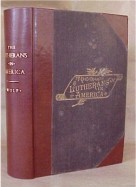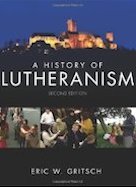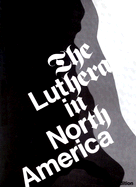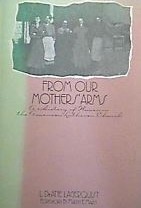When does American Lutheran history begin? What does it include?
In 1890 Edmund J. Wolf began his account of American Lutheranism in the first century with the gospel narrative and the New Testament. Certainly Lutherans’ claim to be authentic Christians in St. Paul’s linage supports such a starting point. The title of Wolf’s book — The Lutherans in America: A Story of Struggle, Progress, Influence, and Marvelous Growth — foreshadowed his interpretation of American Lutheranism.
Martin Luther’s posting of his Ninety-five theses in 1517 is widely recognized as the symbolic beginning of the Protestant Reformation and of the evangelical, Lutheran stream of Christianity. Understanding Lutherans in the United States requires knowledge of their theological heritage and the tradition’s European developments. Historian Mark Noll asserts that Lutherans’ attentiveness to history distinguishes them from other Protestant groups in the United States. In his A History of Lutheranism Eric W. Gritsch provides this long view.
One native American was present in the Emperor’s entourage at the Diet of Augsburg (1530), but nearly a century passed before Lutherans appeared in the New World. Perhaps American Lutheran history begins with the worship service conducted in 1619 by Pastor Rasmus Jensen aboard a Danish ship. Continuing Lutheran presence commenced the following decade.
The history of American Lutherans in the years since involves the interplay of their Reformation heritage, their history prior to arrival in the United States, and the ever shifting American context. The lens used by each interpreter focus the story in a particular way.
Anticipating the nation’s bicentennial, Sydney E. Ahlstrom’s Religious History of the American People (1972) treated Lutherans as a “Countervailing Tradition” within the larger narrative. In The Lutherans in North America (1975) E. Clifford Nelson and his collaborators traced movement from many church bodies toward institutional merger. From Our Mothers’ Arms (1987) by L. DeAne Lagerquist puts women at the center.
Of course, the Lutheran story is still unfolding in the shifting American landscape. The interaction of heritage and context continues in local congregations and larger church bodies, with new members and innovative practices.







You must be logged in to post a comment.